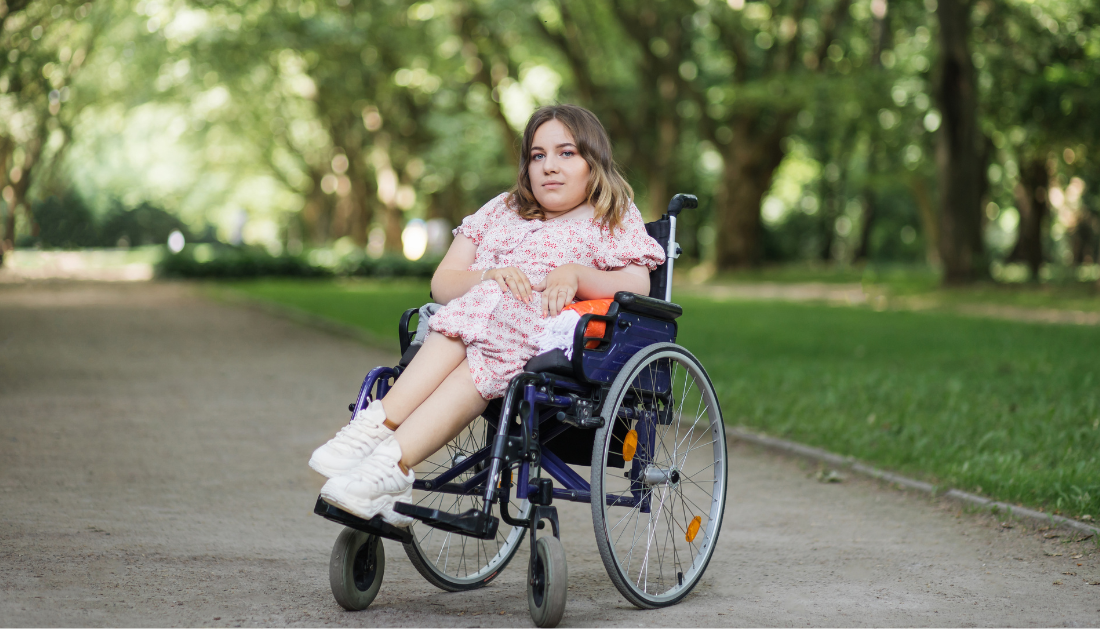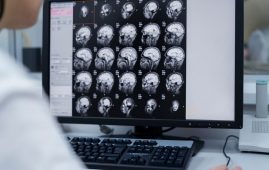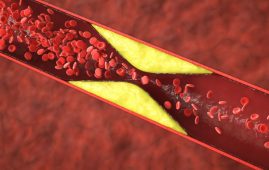

Spinal Cord Stimulation Restores Neural Function in SMA Patients
A groundbreaking clinical trial has demonstrated that spinal cord stimulation can help restore motor function in patients with spinal muscle atrophy (SMA), a severe neurodegenerative disease. Researchers at the University of Pittsburgh found that this drug-free, minimally invasive therapy improves muscle strength, walking ability, and fatigue levels, offering a new hope for treating neurodegenerative conditions.
Spinal Cord Stimulation: A New Approach to SMA Treatment
SMA is a genetic disorder that causes progressive loss of motor neurons, leading to severe muscle weakness and movement impairments. Current treatments, including gene therapy and medications, focus on slowing disease progression but do not reverse damage to nerve cells.
In this new study, researchers used spinalcord electrical stimulation to reactivate silent motor neurons, essentially rewiring neural connections to improve mobility and muscle function.
“To counteract neurodegeneration, we need two things—stop neuron death and restore function of surviving neurons,” said Dr. Marco Capogrosso, study co-author.
Clinical Trial Results: A Life-Changing Breakthrough
Three SMA patients participated in a 29-day pilot trial, undergoing spinalcord stimulation five times a week. The results were remarkable:
✔ All participants showed improved motor function
✔ Increased walking endurance by at least 20 meters
✔ Reduced fatigue and improved daily activity performance
✔ Improved motoneuron electrical function and strength
“Patients don’t expect to get better over time—but that’s exactly what we saw,” said Dr. Elvira Pirondini.
This therapy offers a potential alternative for other neurodegenerative diseases, including ALS and Huntington’s disease, by stimulating damaged neural pathways to restore movement.
Future Prospects: Expanding the Treatment
With encouraging early results, researchers plan to launch larger clinical trials to determine the long-term effectiveness of this approach. If successful, spinal cord stimulation could redefine treatment strategies for neurodegenerative diseases, providing millions of patients with renewed mobility and hope.
More Information: First-in-human study of epidural spinal cord stimulation in individuals with spinal muscular atrophy, Nature Medicine (2025). DOI: 10.1038/s41591-024-03484-8.
more recommended stories
 Healthy Habits Slash Diverticulitis Risk in Half: Clinical Insights
Healthy Habits Slash Diverticulitis Risk in Half: Clinical InsightsHealthy Habits Slash Diverticulitis Risk in.
 Caffeine and SIDS: A New Prevention Theory
Caffeine and SIDS: A New Prevention TheoryFor the first time in decades,.
 Microbial Metabolites Reveal Health Insights
Microbial Metabolites Reveal Health InsightsThe human body is not just.
 Reelin and Cocaine Addiction: A Breakthrough Study
Reelin and Cocaine Addiction: A Breakthrough StudyA groundbreaking study from the University.
 Preeclampsia and Stroke Risk: Long-Term Effects
Preeclampsia and Stroke Risk: Long-Term EffectsPreeclampsia (PE) – a hypertensive disorder.
 Statins and Depression: No Added Benefit
Statins and Depression: No Added BenefitWhat Are Statins Used For? Statins.
 Azithromycin Resistance Rises After Mass Treatment
Azithromycin Resistance Rises After Mass TreatmentMass drug administration (MDA) of azithromycin.
 Generative AI in Health Campaigns: A Game-Changer
Generative AI in Health Campaigns: A Game-ChangerMass media campaigns have long been.
 Molecular Stress in Aging Neurons Explained
Molecular Stress in Aging Neurons ExplainedAs the population ages, scientists are.
 Higher BMI and Hypothyroidism Risk Study
Higher BMI and Hypothyroidism Risk StudyA major longitudinal study from Canada.

Leave a Comment